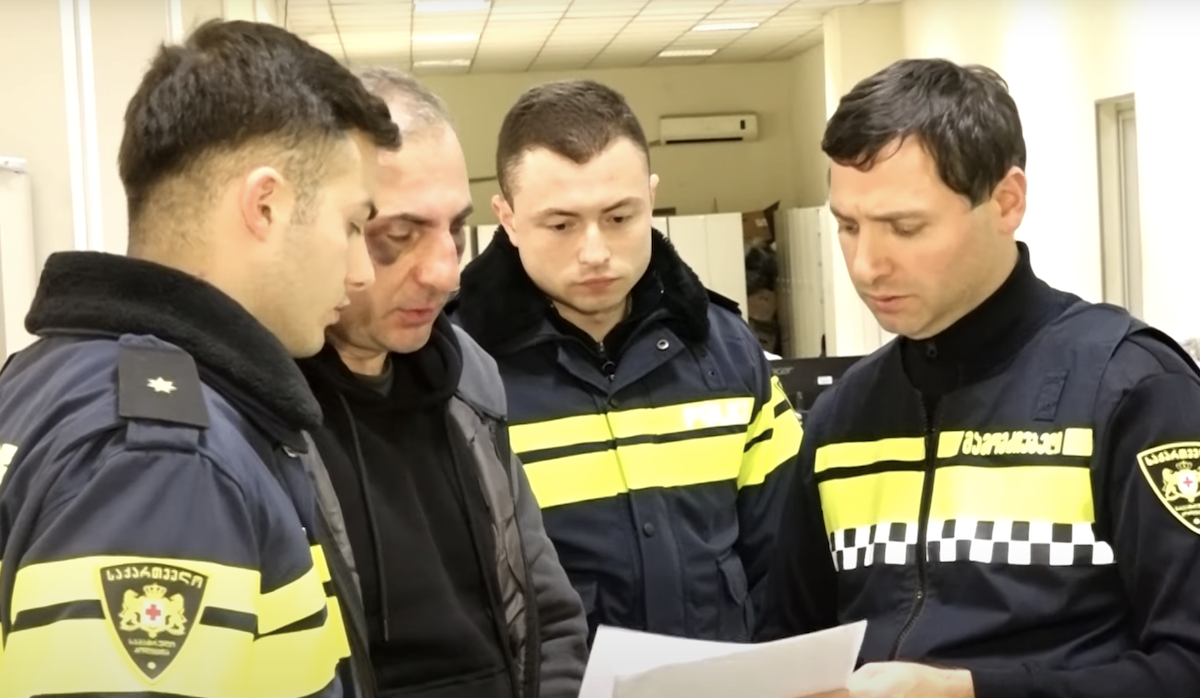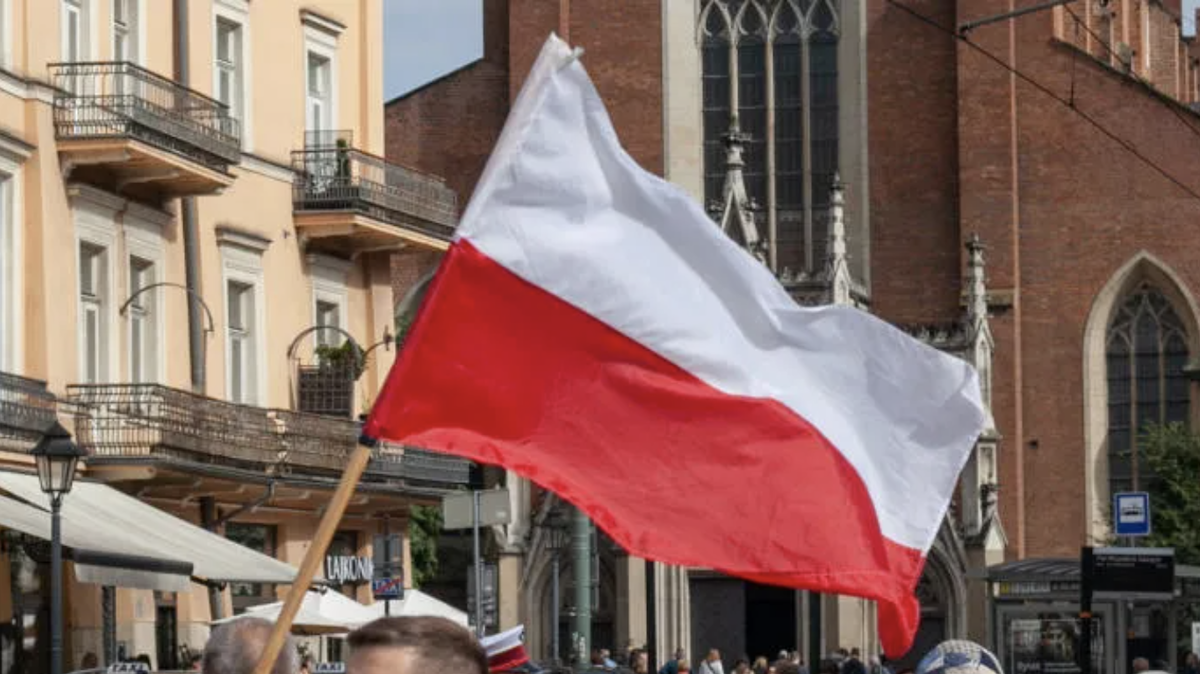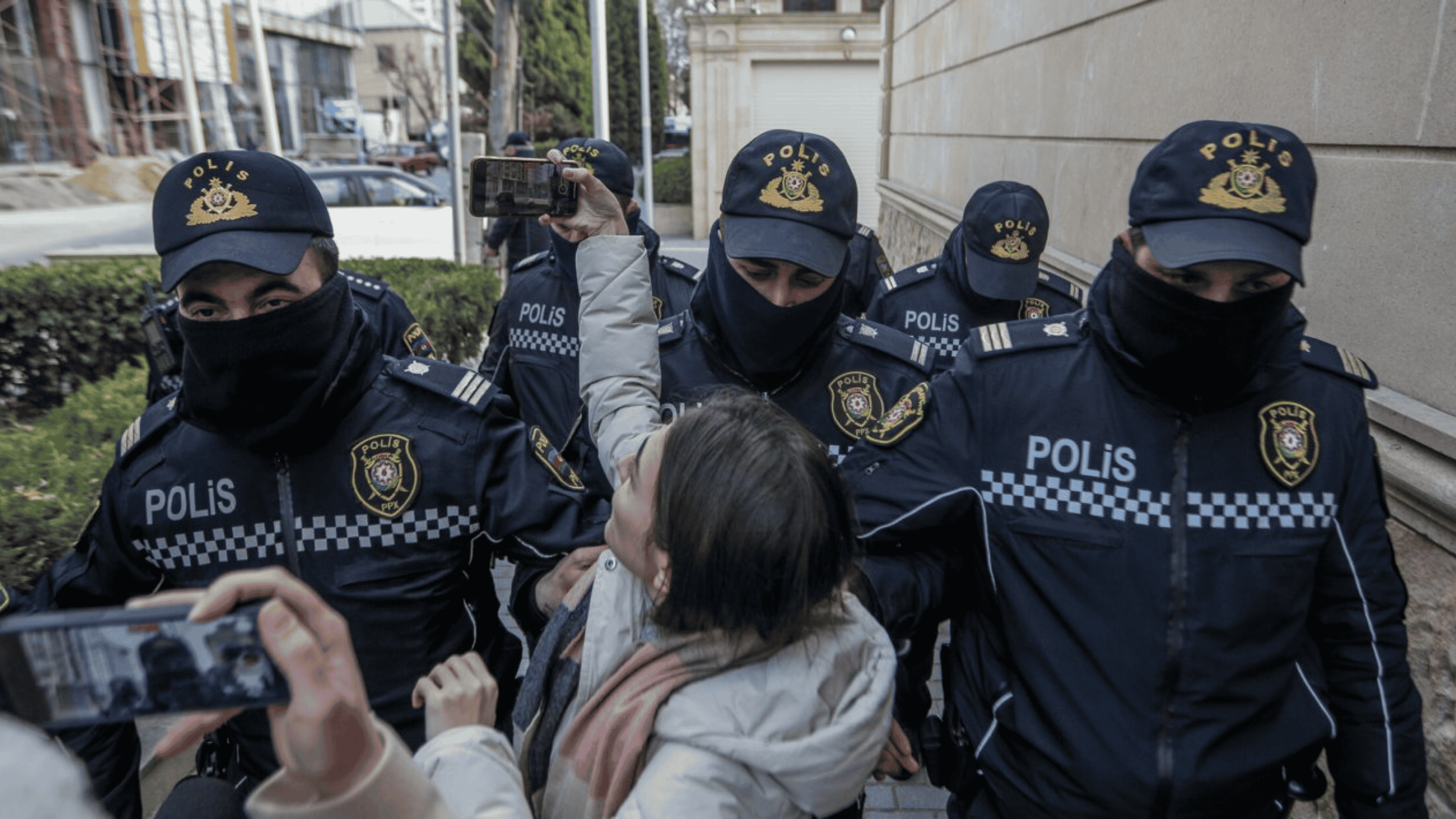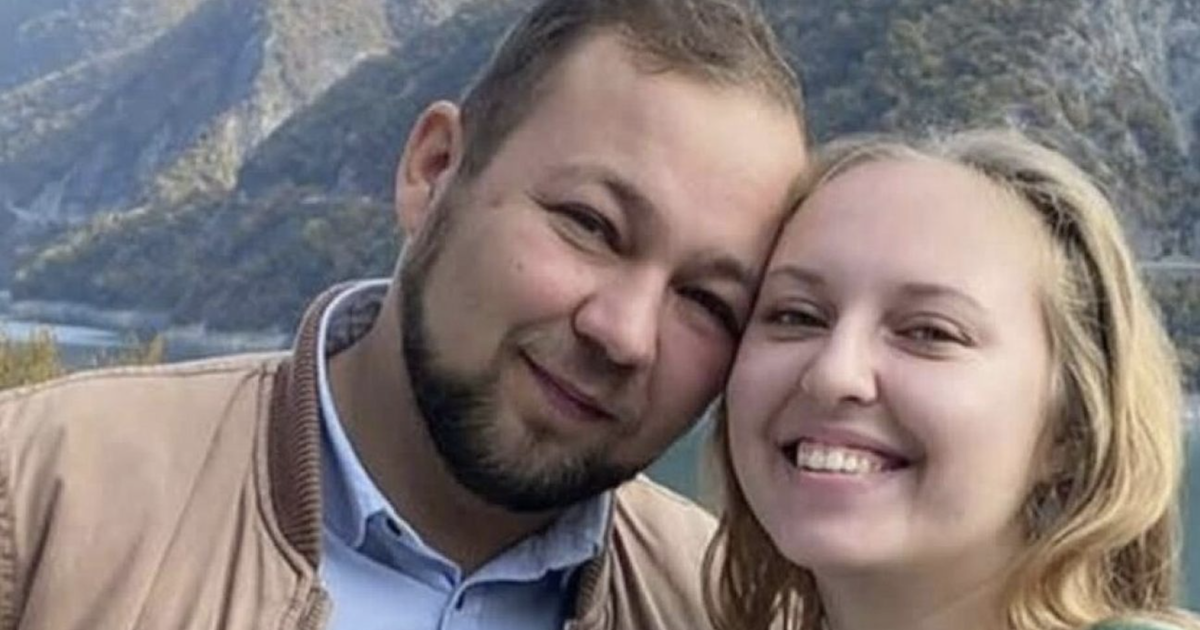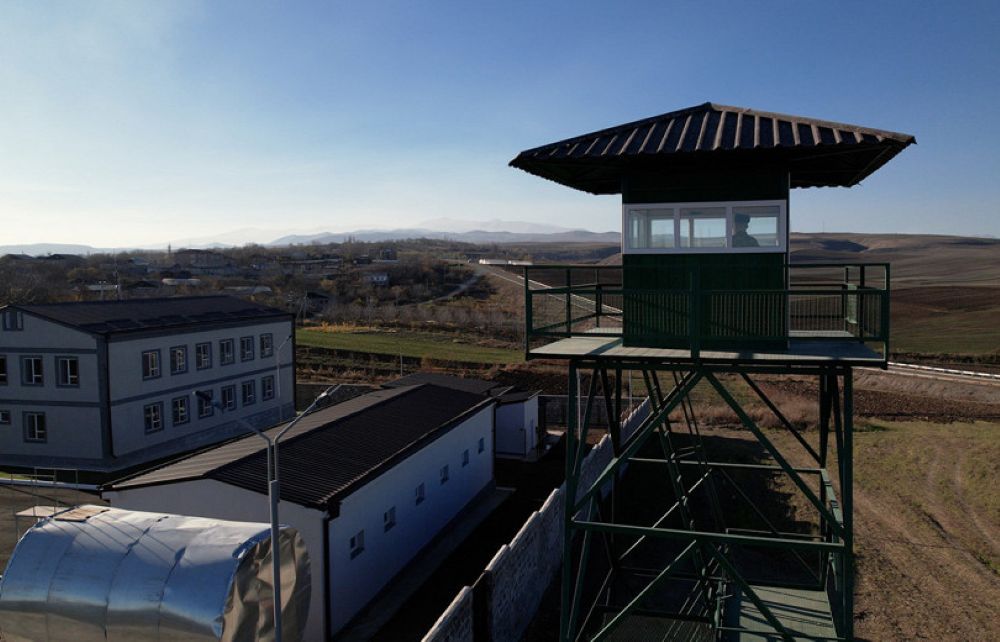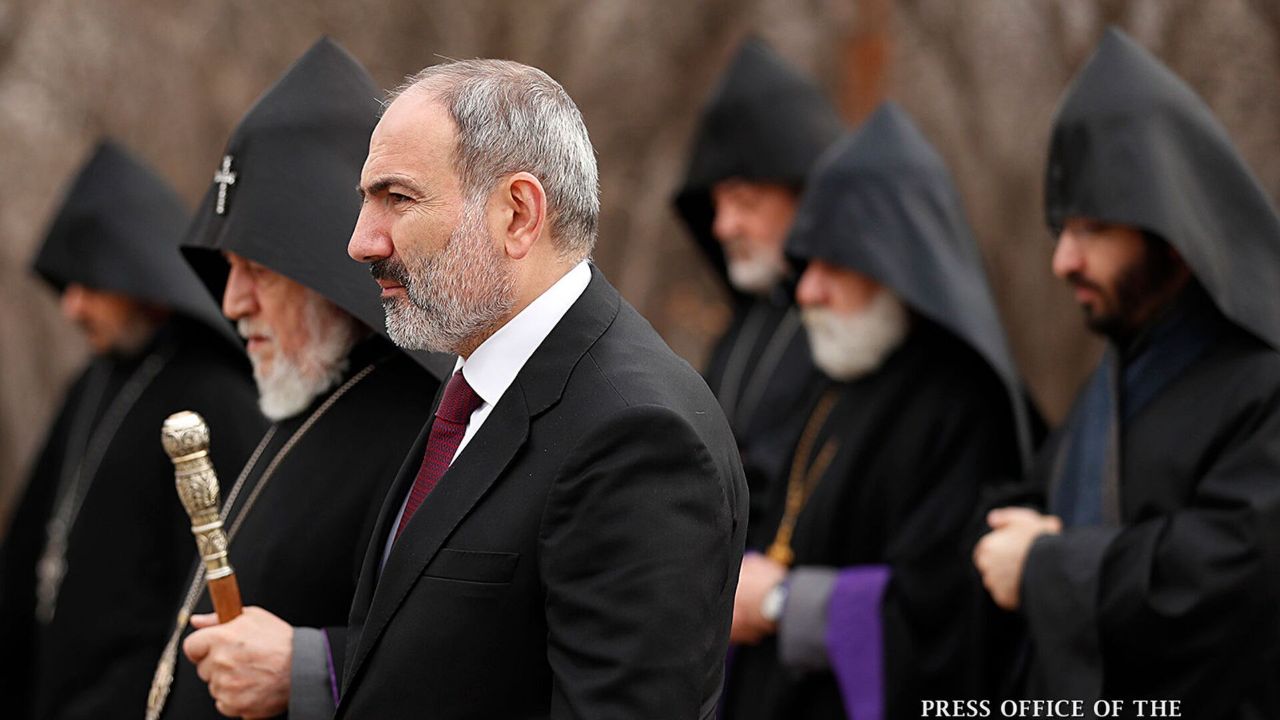Sukhum/i monkey nursery legends
Sukhum/i monkey nursery
The Sukhum/i monkey nursery is a place where according to urban legend a human and a monkey were interbred in order to create a superhuman.
A place where the elixir of life was created and where an unprecedented experiment was carried out; where monkeys were trained for space flight.
This story is about those fantastic projects and today’s Research Institute of Experimental Pathology and Therapy in Abkhazia, which is better known as the Sukhum/i Monkey Nursery.
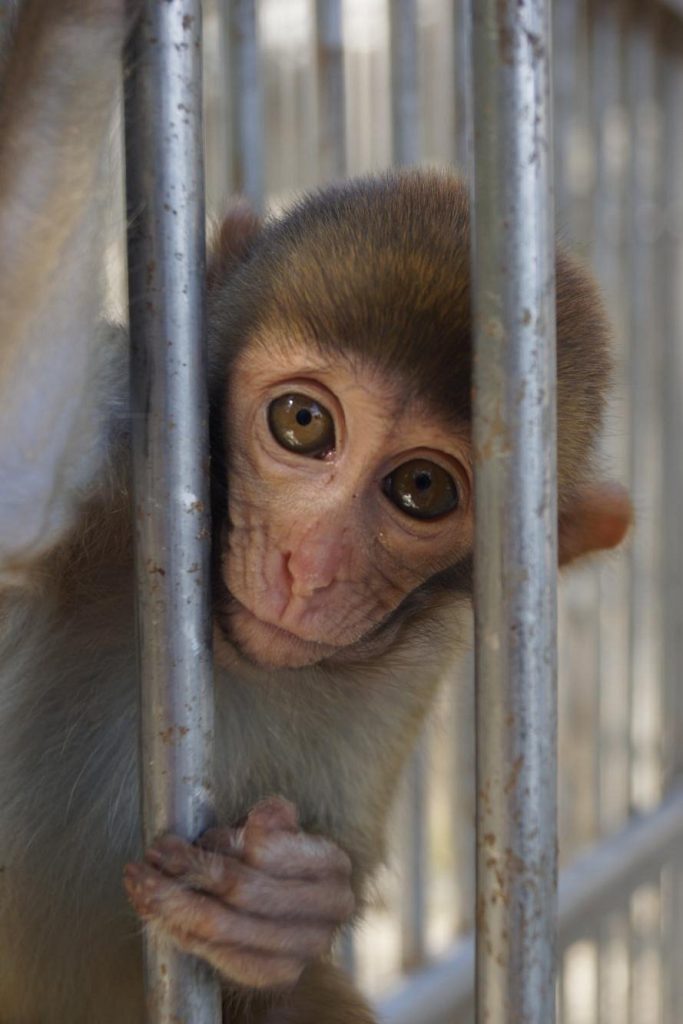
The famous Sukhumi Monkey Nursery is 95 years old. Officially it is a research institute for experimental pathology and therapy.
Congratulating the nursery on its anniversary, the Prime Minister of Abkhazia Alexander Ankvab spoke of the important discoveries made in experiments conducted in the laboratories of the institute.
“Founded on August 27, 1927, it has become a center for the study of primatology of international importance and a base for the fight against oncological diseases. The results of scientific research by several generations of brilliant scientists have revolutionized medicine. Poliomyelitis, yellow fever, typhus, tick-borne encephalitis, smallpox, hepatitis and many other diseases have been defeated in these laboratories,” Ankvab said.
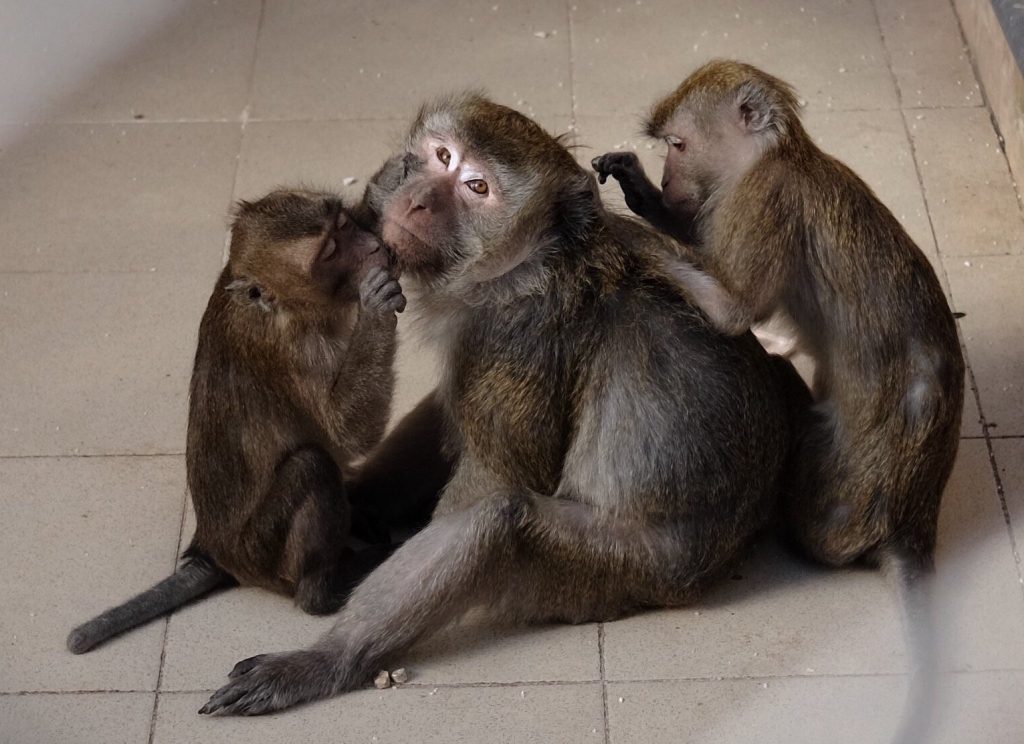
The Soviet-era scientific center was heavily damaged after the dissolution of the Soviet Union and especially during the Abkhaz–Georgian war in the early ’90’s. Maintaining the huge scientific center single-handedly turned out to be very hard.
It is situated in a picturesque place, on Mt. Trapetsia in Sukhumi.
At the beginning of the 20th century Aleksey Ostroumov, a Russian doctor and philanthropist, had a summer residence. His house, which is considered an historical and architectural monument, is falling apart and almost in critical condition.
Part of the institute has been preserved and is still carrying out experiments. However, the living conditions of the monkeys are not the bes.
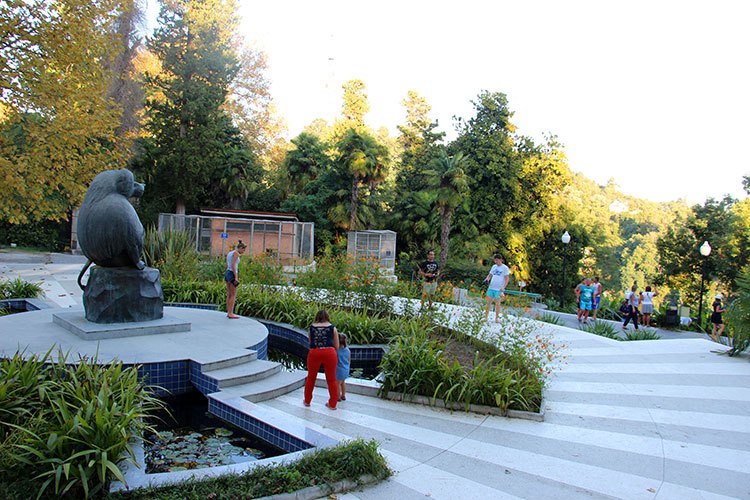
Part of the nursery is open for tourists. The monkeys are kept in cages; one can buy boxes of fruit at the entrance and hand feed them.
The nursery has not been repaired since the Soviet period. The cages are rather small and old. On Abkhaz travel websites there are a lot of negative comments.
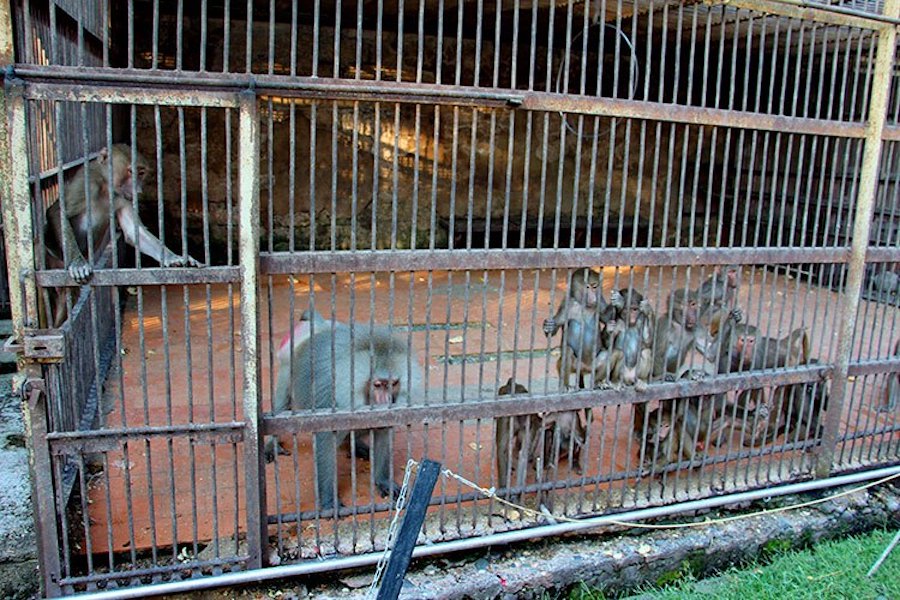

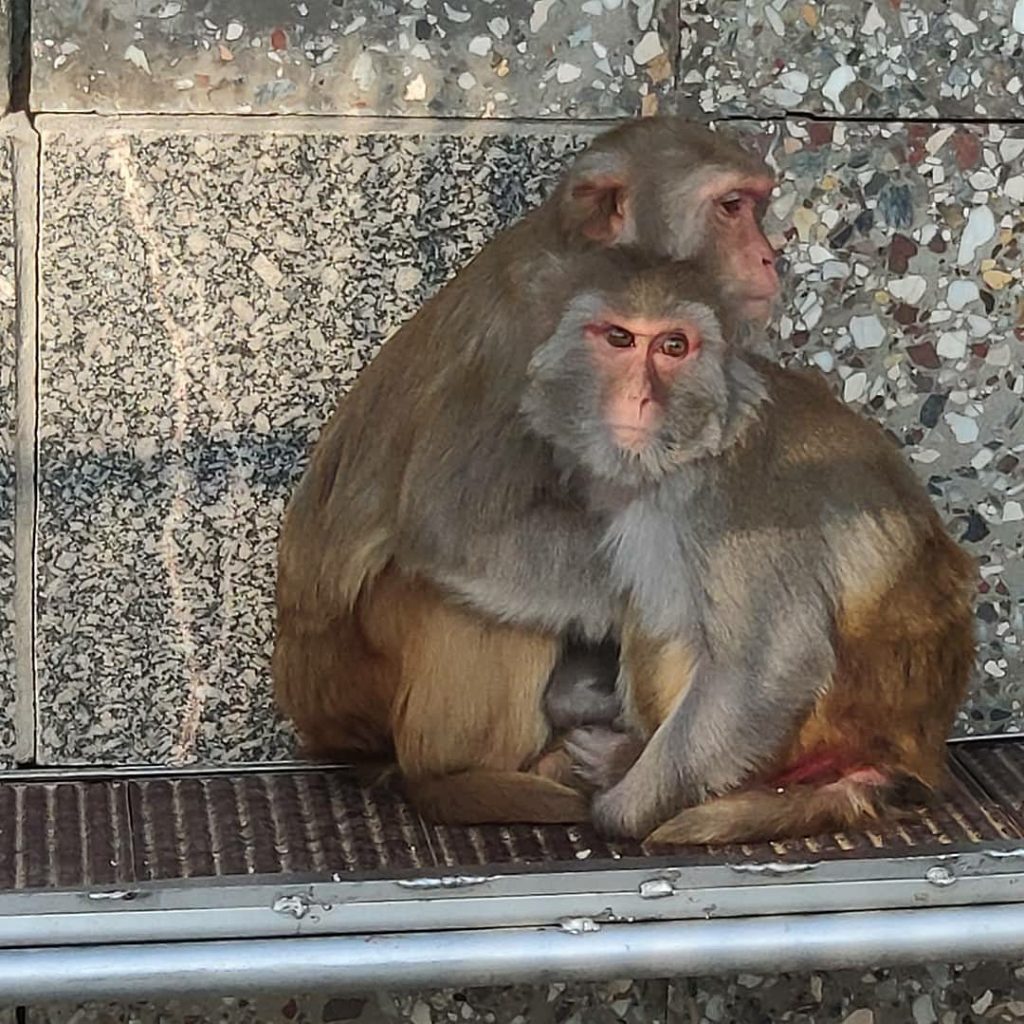
There are experimental laboratories where only authorized personnel are admitted. Research and animal testing on primates are carried out there, including for medical purposes.
According to the institute staff, the world’s only monkey monument stands in the yard.
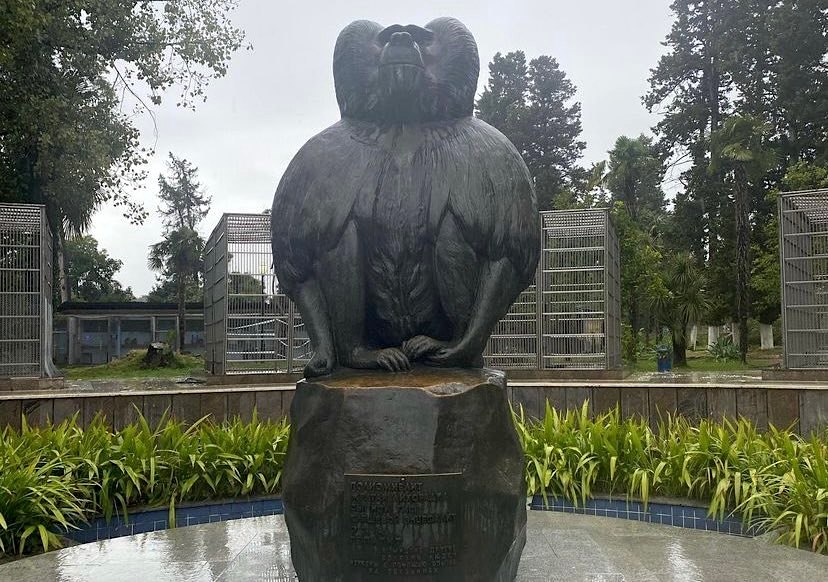
On the plinth stands the following inscription:
“Poliomyelitis, yellow fever, typhus fever, tick-borne encephalitis, variola, hepatitis and other human diseases have been investigated through monkey experiments.”
The monument was erected in 1977 on the fiftieth anniversary of the Sukhumi nursery. This date reminds people that originally the idea of establishing the center and primate testing was not connected with the search for a cure for terrible diseases.
The nursery and research center were created by order of Soviet leaders after Lenin’s death. The task was set “simply” that they did not want to die.
Probably this is why there is still a bust of Lenin in the corner of the main hall of the administrative building.
When Lenin died, the Soviet leaders realized that they want to live forever.
“Tourists are not shown this place, though it is worth seeing”, Aldona Salakaia, head of the Research and Primatology Museum of the nursery, says.
She tells two stories which might just be true.
“After Lenin’s death the top echelons of the Soviet power thought of prolongation of life. With this in mind, the world’s first Institute of Experimental Pathology and Therapy was probably created.
Sukhumi was chosen due to similarity to the tropical climate of monkeys’ native habitat and abundance of fruit as food. As a result, the city became the epicenter of the Soviet experimental medicine”, says Salakaia.
This is just one theory as to why the center was established.
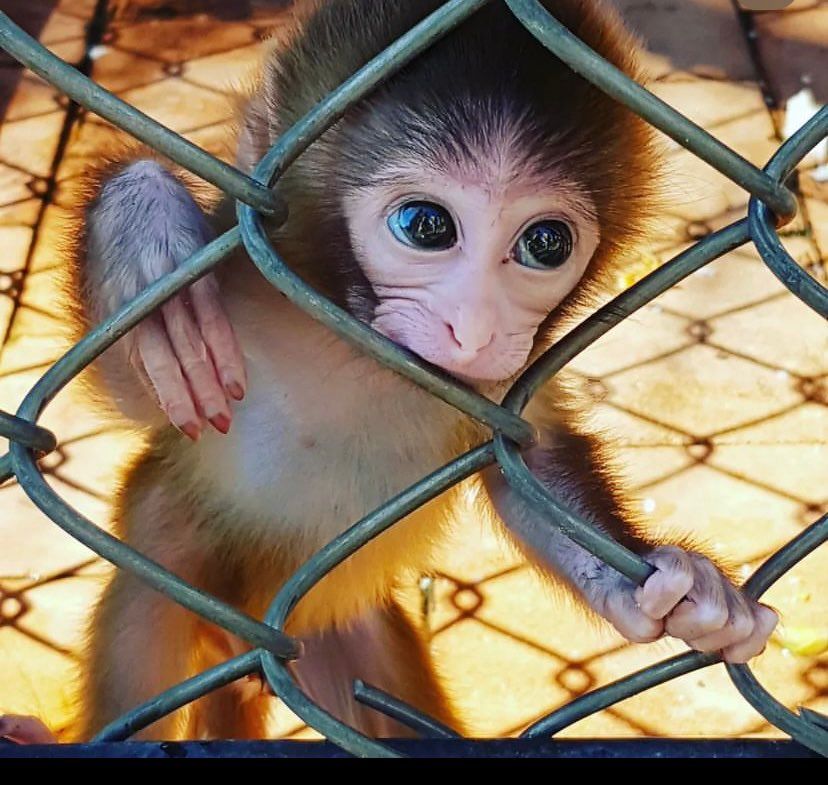
Creation of a new race: human-monkey hybrid
Another popular legend is that of crossbreeding humans with apes in order to breed a universal Soviet soldier/worker.
From the perspective of the Soviet leaders, this kind of humanoid was supposed to possess two important qualities: to be very strong and robust but at the same time mentally underdeveloped.
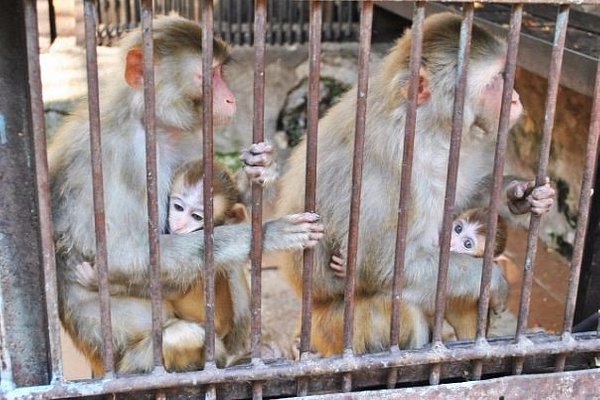
Vladimir Barkaia, an Abkhaz scientist who started working at the institute in 1961, told the British newspaper Guardian in the spring of 2008 about these experiments in breeding a new race.
According to him, the research was done in the ’30’s by Russian biologist Ilia Ivanov, who collaborated with the Pasteur Institute in Paris. At that time Europe was under the influence of eugenics, while the Soviet Union tried to prove that Darwinism had replaced religion.
“Professor Ivanov started these experiments in Africa and continued them in Sukhumi. He would take sperm and introduce it to female chimpanzees. But this yielded no results,” Barkaia said.
When asked if the experiments could be carried out the other way round, so that ape sperm would be introduced to women, Barkaia flatly denied it.
There is no evidence, however, that this was the true original purpose of the institute.
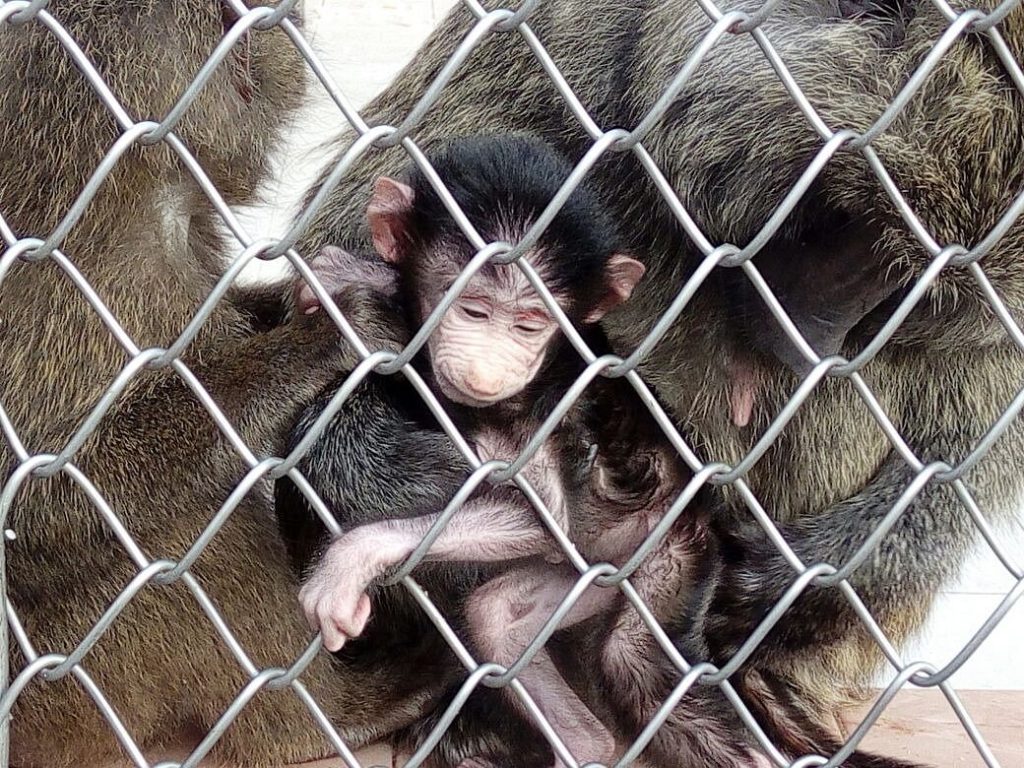
Fifteen apes were brought to Abkhazia from Guinea in 1927.
The majority of the animals were unable to survive even transport. Only two baboons and two chimpanzees surived. They laid the foundation for an almost hundred-year history of observations and experimental activity in Sukhumi.
The nursery-based Institute of Experimental Pathology and Therapy was established in 1958, which became the largest in the Soviet Union and quite a famous primate research center all over the world. Its main area of expertise was production of anti-cancer drugs.
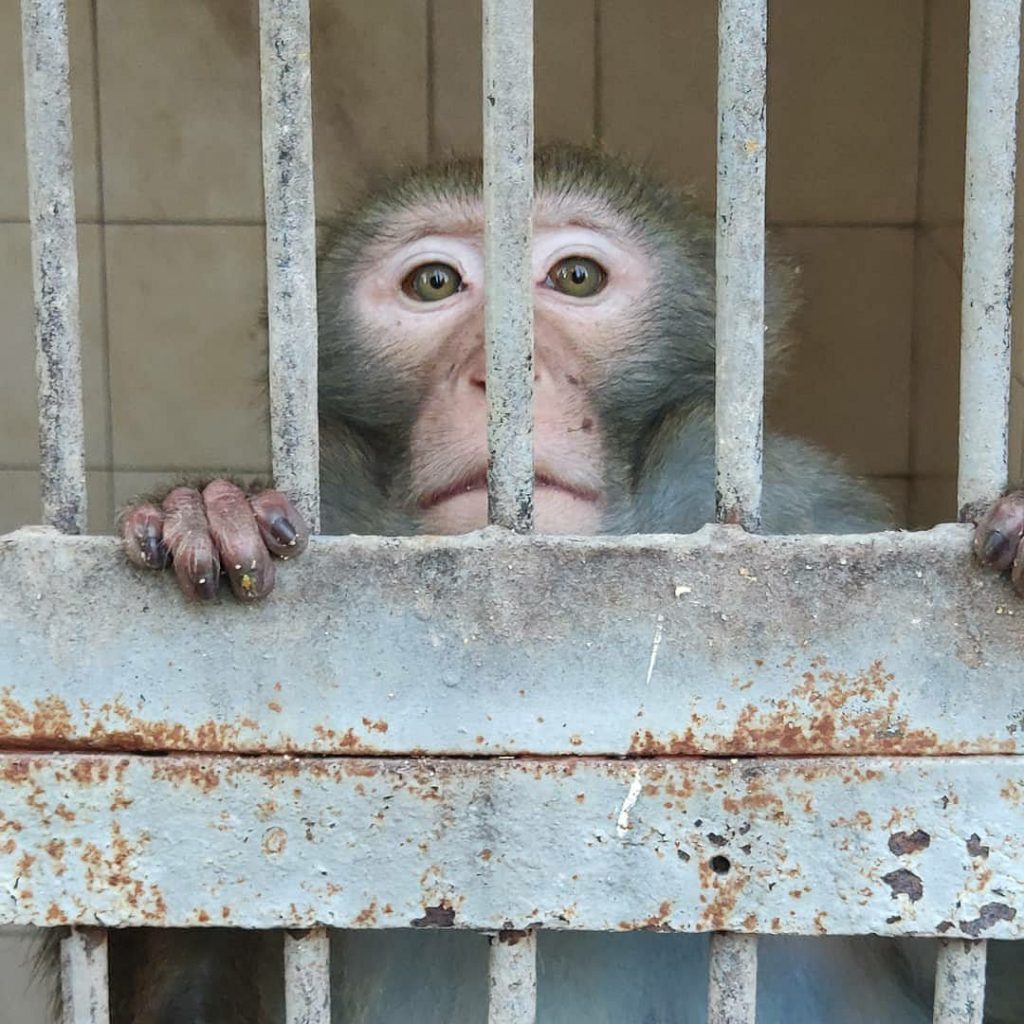
Monkeys from Sukhumi nursery launched into space
The Institute of Experimental Pathology and Therapy of Abkhazia had been a prime focus of the Soviet space programme for years. The monkeys from this nursery were used for experiments and some of them were sent into orbit.
Small rhesus macaques between two and three years old were selected for various tests.
Considered cruel by today’s standards, the tests are described in the Soviet research literature as follows: electrodes were implanted in their hearts, brains and muscles; they were dressed in special overalls, were hung on to ropes and stuck in the same position for up to 60 days.

The consequences to locomotion and nervous systems were studied, and their rehabilitation tracked.
The last pair of monkeys from the Sukhumi nursery were sent into space on December 29, 1992. These macaques were called Krosha and Ivasha. They returned from the flight on January 10, 1993, both of them in good condition. In the nursery it is said that Krosha’s life span was long for his species, having lived 25 years. After the flight he went to live in the primate zoo in Adler, a Russian city.

Monkeys in the Abkhaz-Georgian War in the ’90’s
Before the Abkhaz-Georgian War in 1992-1993 there had been over 6,000 monkeys in the Sukhumi nursery. A small sanctuary was opened in the Gumista river valley, where hamadryas baboons were set free in an experiment.
A satellite branch was opened nearby in Tamish village.
Almost all the animals died in the end when the war started. They were either killed or could not survive cold and hunger. After the war, only 250 monkeys were left in the nursery.
“We would take fruit from our gardens, went to the field by trucks to collect corn for monkeys. We did as much as possible to feed the animals which were left ,” Aldona Salakaia recalls.
The question arose as to whether the institute should be preserved or closed down. In the end it was decided that the nursery and institute would continue.
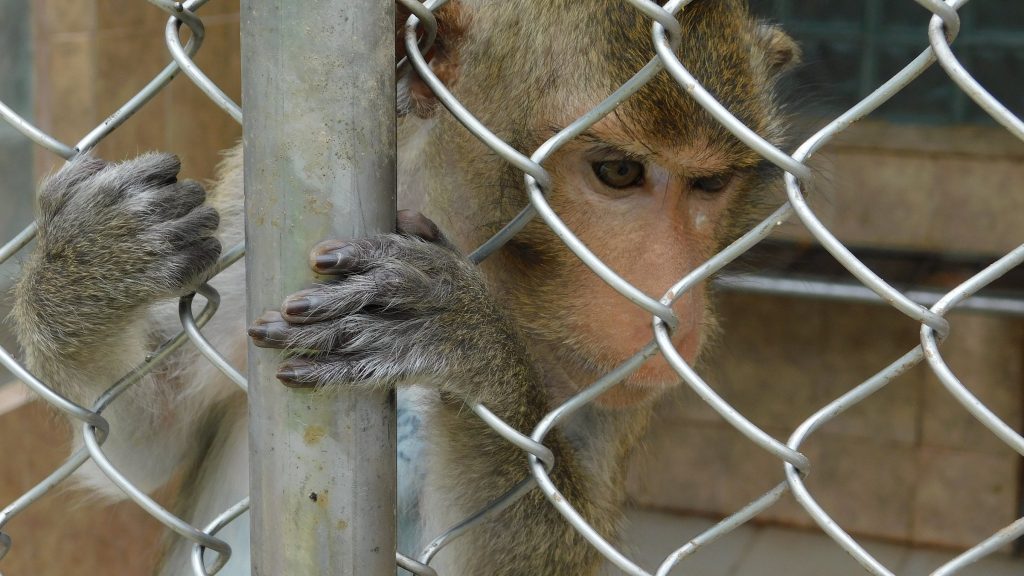
Today about 200 workers are employed at the institute. About 600 monkeys of different species live in the nursery.
They maintain contact only with Russian colleagues in terms of science. One of the most important products of the institute was a new pertussis vaccine presented in 2017. The studies had been carried out for five years when the drug was admitted by the Ministry of Health of Russia, and is now being tested.
Gerontology is another specialty of the institute. A new hormonal drug is being tested on monkeys. According to the preliminary data, with which older males have produced new offspring, their memory has improved, and even their fur has started to grow.
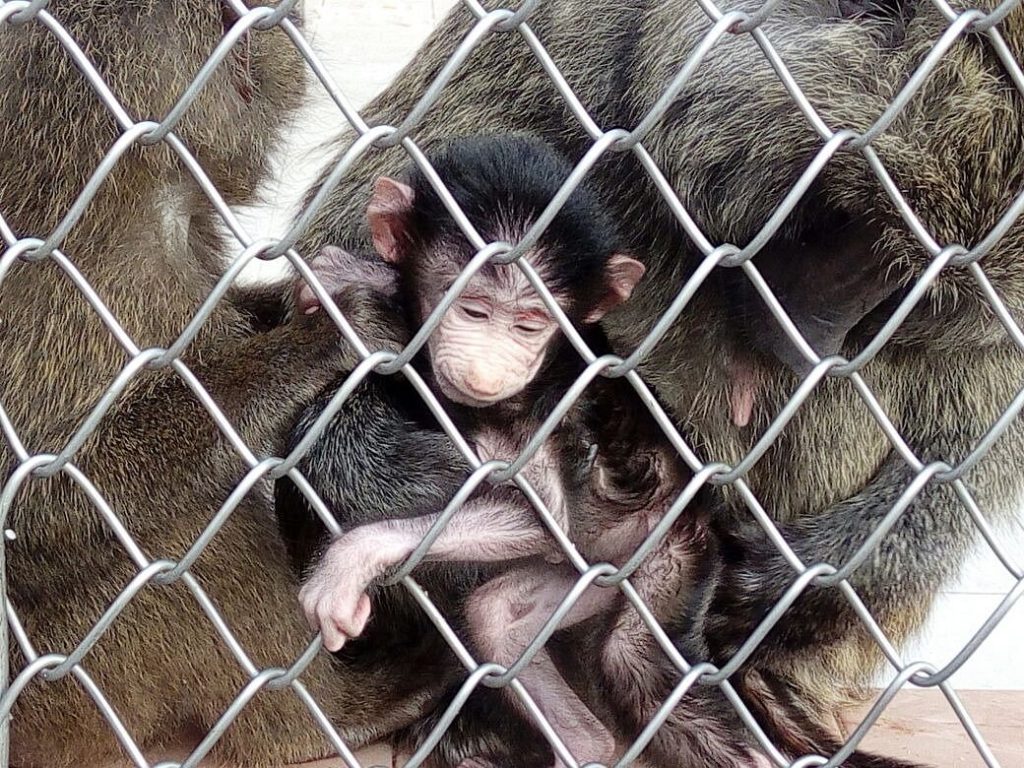
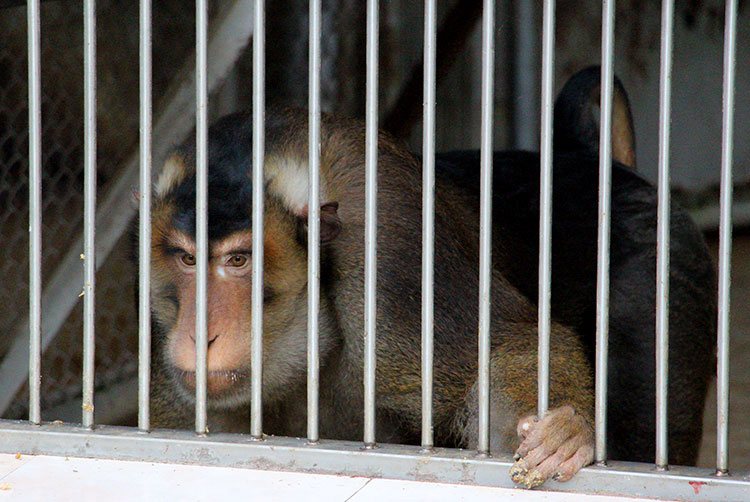
Sukhum/i monkey nursery










